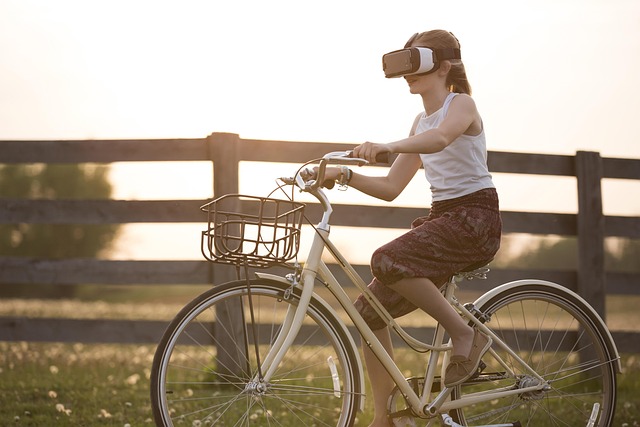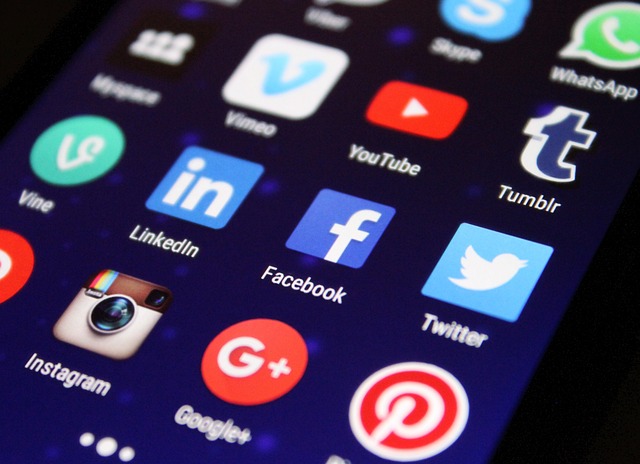In recent years, virtual reality (VR) has revolutionized the way we interact with technology, and its impact on social media is undeniable. As platforms like Facebook, Instagram, and TikTok embrace the immersive capabilities of virtual reality, the landscape of online communication is transforming at an astonishing pace.
The rise of virtual reality offers users a unique opportunity to engage with content on a multi-dimensional scale. Gone are the days when social media interactions were limited to flat images and text posts. With VR, individuals can dive into simulated environments, allowing for a more personal and profound connection. For instance, consider how virtual reality can enhance storytelling; brands and creators can use this technology to transport users into the heart of their narratives, making them part of the story rather than just an audience member.
This shift is particularly significant for influencers and content creators, who are constantly seeking innovative ways to captivate their audiences. As they embrace virtual reality, they can craft experiences that resonate more deeply with their followers. Imagine attending a virtual concert from your favorite artist or participating in a live Q&A session in an immersive setting; such experiences can forge bonds that traditional social media interactions simply cannot match.
Moreover, the impact of social media on virtual reality isn’t just limited to engagement—it’s also about accessibility. As VR becomes more integrated with social media platforms, we can expect to see a surge in user-generated content. Platforms may soon allow users to share their VR experiences as easily as posting photos or videos, democratizing content creation and giving a voice to those who may not have had the opportunity otherwise.
However, this new frontier comes with its own set of challenges. Privacy concerns, the need for new etiquette norms, and the potential for isolation in an increasingly digital world are all dilemmas that we must confront as virtual reality becomes entrenched in our social landscapes. Social media companies will need to innovate not just in terms of technology but also in terms of ensuring safe and respectful environments.
As we continue to navigate this exciting intersection of virtual reality and social media, we are witnessing a transformation that could very well redefine our relationships, creativity, and social norms. Embracing the potential of this technology means not only enhancing our experiences but also challenging ourselves to think critically about the implications it carries. The future is immersive, and as we explore this vast new world, it’s essential to cultivate a sense of community and connection that transcends the boundaries of physical reality.




